According to www.qqgfw.com:
"The Li Yaochen Cup" Beijing Traditional Wushu Competition will be held in Beijing Shijingshan Gymnasium on April 9, 2011. The competition is hosted by Beijing Wushu Institute and Beijing Wushu Sports Association, and organized by the Beijing Jingtushengye Business Management Limited Company.
This event belongs to individual single competition and follows the 1996 Routines of Wushu Contest. The items are traditional wushu items and specified Taolu and optional Taolu is not on the list. There will be 19 items: Category 1: 1.Form-and-Will Boxing and Eight-Extreme Boxing; 2: Eight-Diagram Palm. Category 2: 3.Tongbei Boxing and Pigua Boxing 4. Fanzi Boxing; Category 3: 5. Ditang Boxing 6. Imitation Boxing (Drunken Boxing, Monkey Boxing, Mantis Style Boxing, Eagle Claw Boxing…); Category 4: 7.Cha Boxing; 8. Hua Boxing; 9. Cannon Boxing; 10.Hong Boxing; 11. Shaolin Boxing; 12.Leg-Snap Boxing; 13.Nan Boxing (Cailifo Boxing, Yongchun Boxing…);14. Others; 15.Short Weapons ( Broadsword, Sword…); 16. Long Weapons (spear, cudgel…);17. Double Weapons; 18. Soft Weapons; 19. Duilian.
There will be 41 teams from Beijing totaling near 1000 participants coming to take part in this competition. These athletes will try their best to fight for the medals.
For more information see: http://www.qqgfw.com/News_1Info.aspx?News_1ID=5558
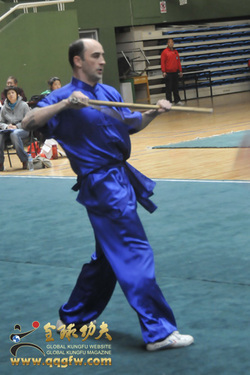
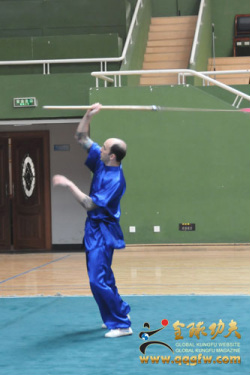
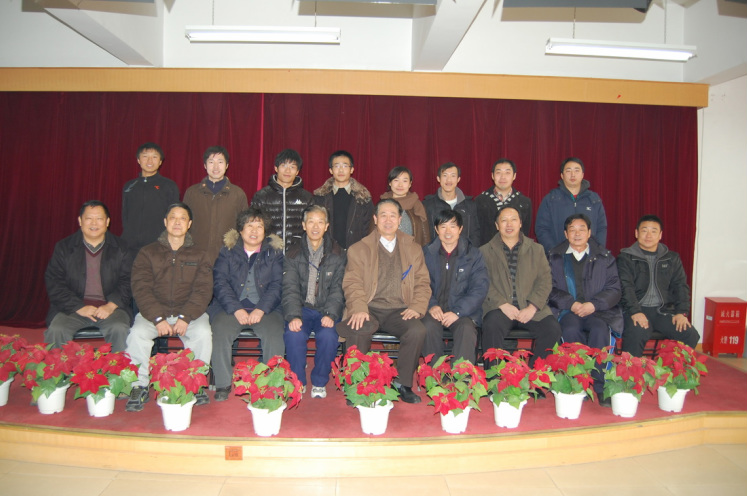
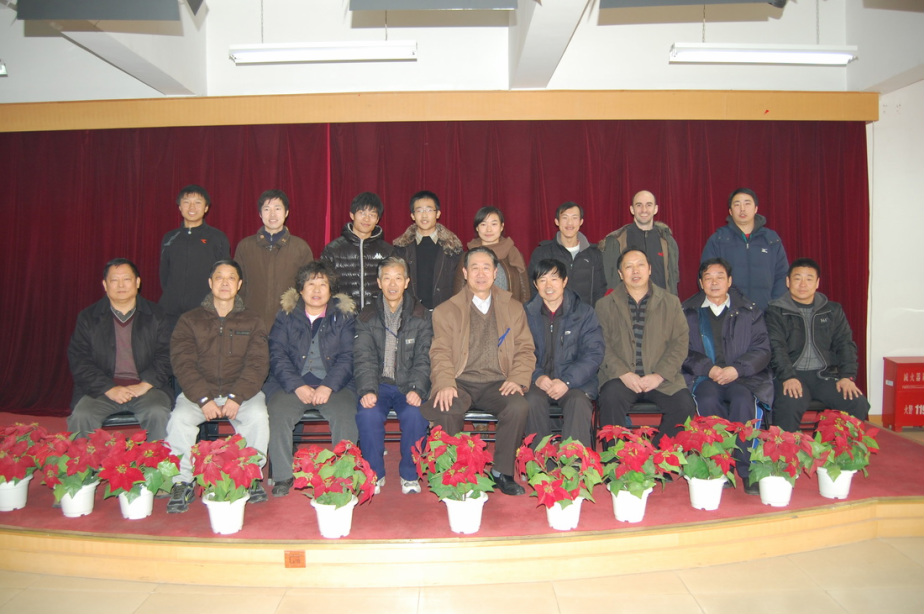

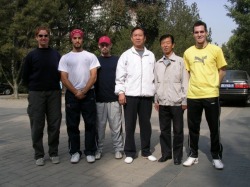
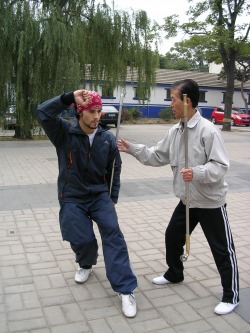
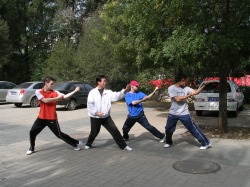
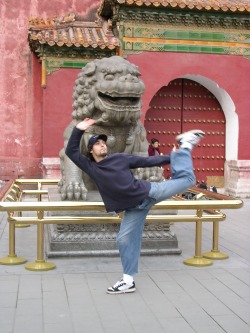
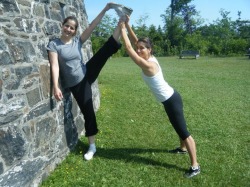
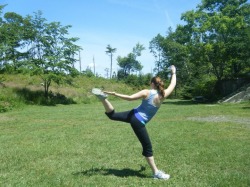
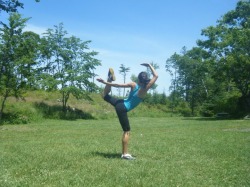
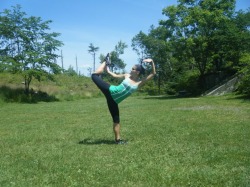
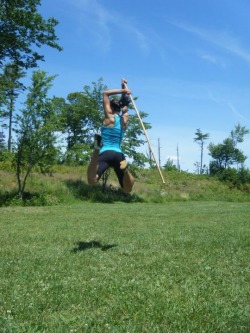
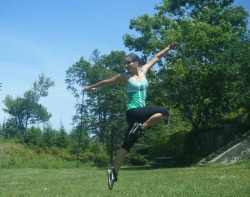
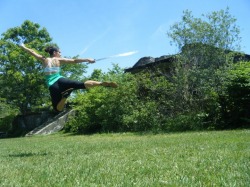
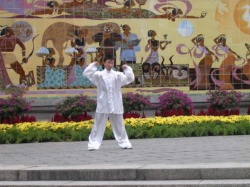
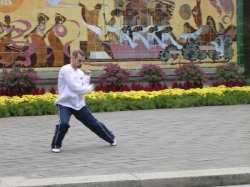
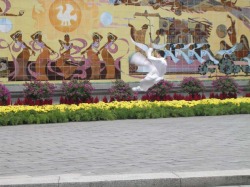
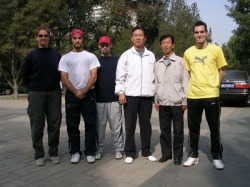
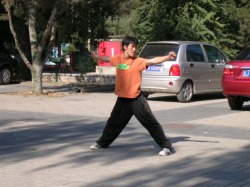
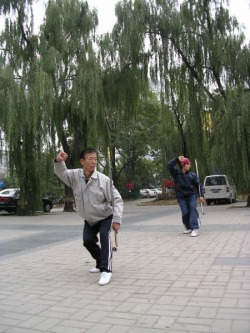
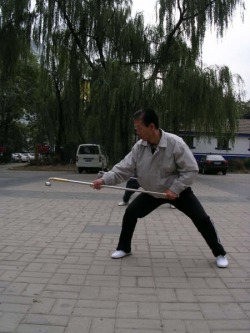
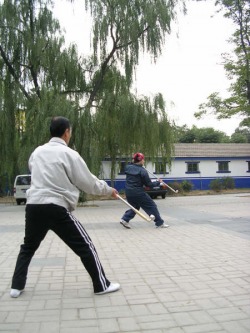
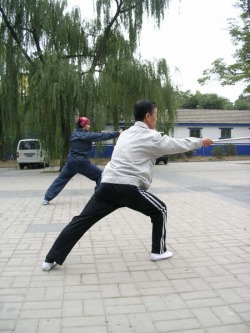
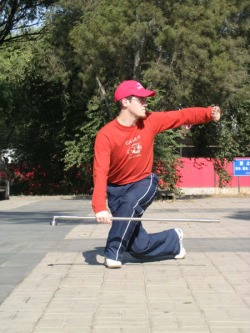
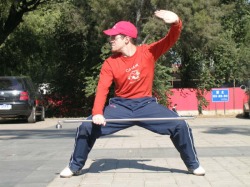
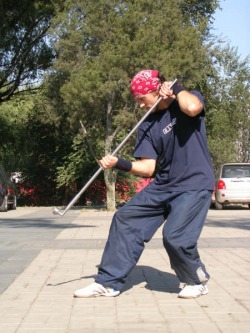

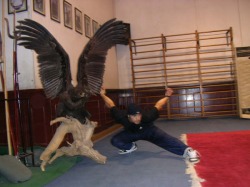
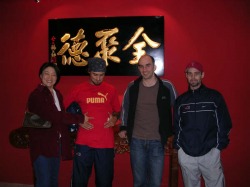
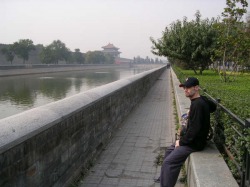
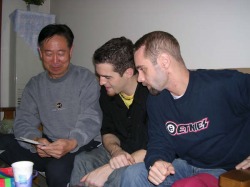

 RSS Feed
RSS Feed